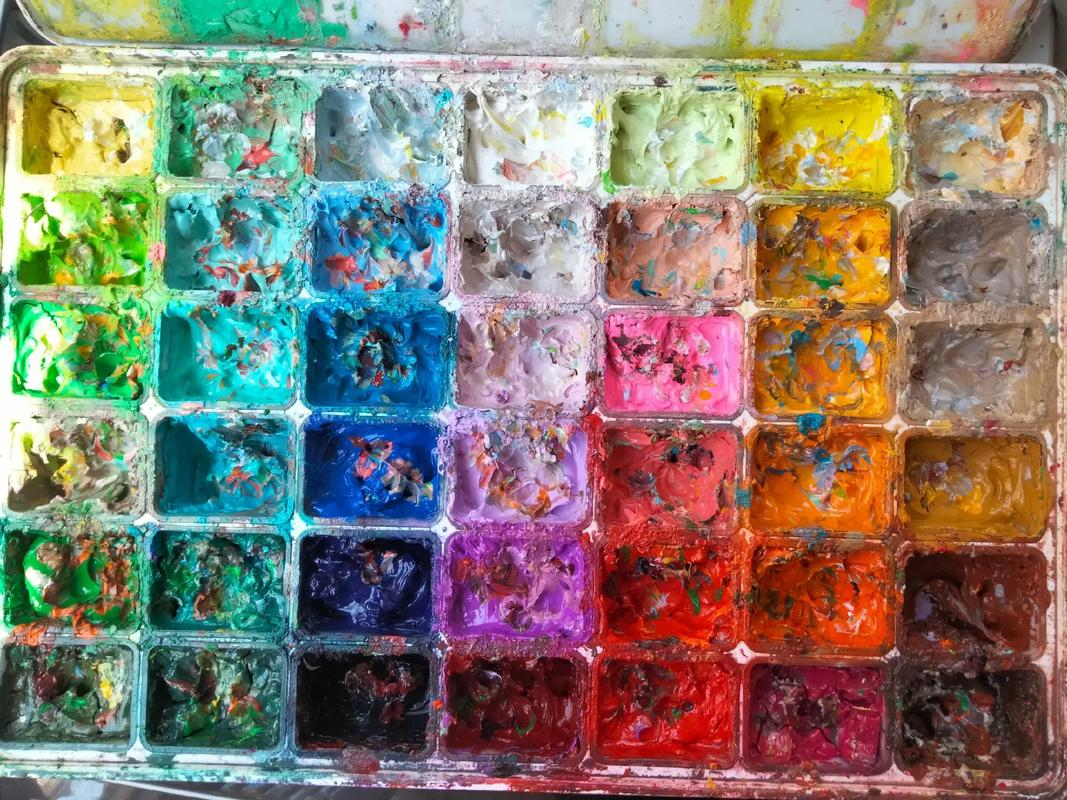How to distinguish PET from other plastics? How is it different from PE, PVC, PP, etc?
Appearance of polyvinyl chloride (PVC): transparent to opaque, hard. Softening or melting temperature range: 75~90 ° C; Combustion flame state: yellow and green with white smoke and pungent sour taste; After leaving the fire: the fire is extinguished.
Appearance of polypropylene and polyethylene (PP and PE): translucent to opaque, transparent film. Flammability: flammable in flame. After leaving the flame, slowly extinguish or continue to burn. When burning, the upper end of the flame is yellow and the lower end is blue; There is melting and dripping. You can smell paraffin.
Appearance of polyester resin (PET): transparent. Flammability: flammable, continue to burn without flame. Near the flame, it will melt and burn. It can continue to burn after leaving the flame. A few of them have smoke and a very weak sweet taste. The ash is hard and round, black or light brown.
PVC PVC "No. 3" PVC is commonly used in: common raincoats, building materials, plastic films, plastic boxes, etc. It is rarely used for food packaging. Use: This material has good plasticity and low price, so it is widely used. It can only heat up to 80 â. It is easy to produce harmful substances at high temperatures, and even toxic substances will be released during the manufacturing process. If it enters the human body with food, it may cause breast cancer, neonatal congenital defects and other diseases. Containers of this material have been less used for packaging food. If used, do not let it be heated. It is difficult to clean and easy to remain. Do not recycle. Don't buy drinks.
Recommand products from TDD:
Tianhu Polyvinyl Chloride PVC Resin SG-5
Vietnam High Whiteness Heavy 400 Mesh Calcium Carbonate Crecarb 8














